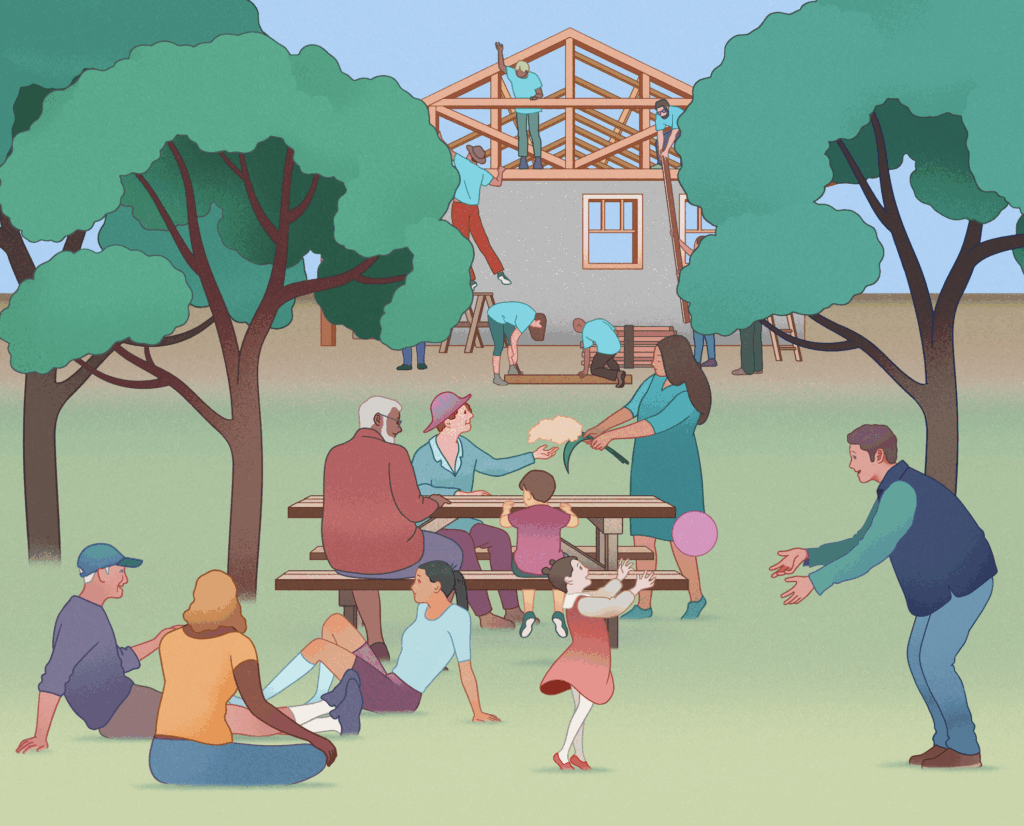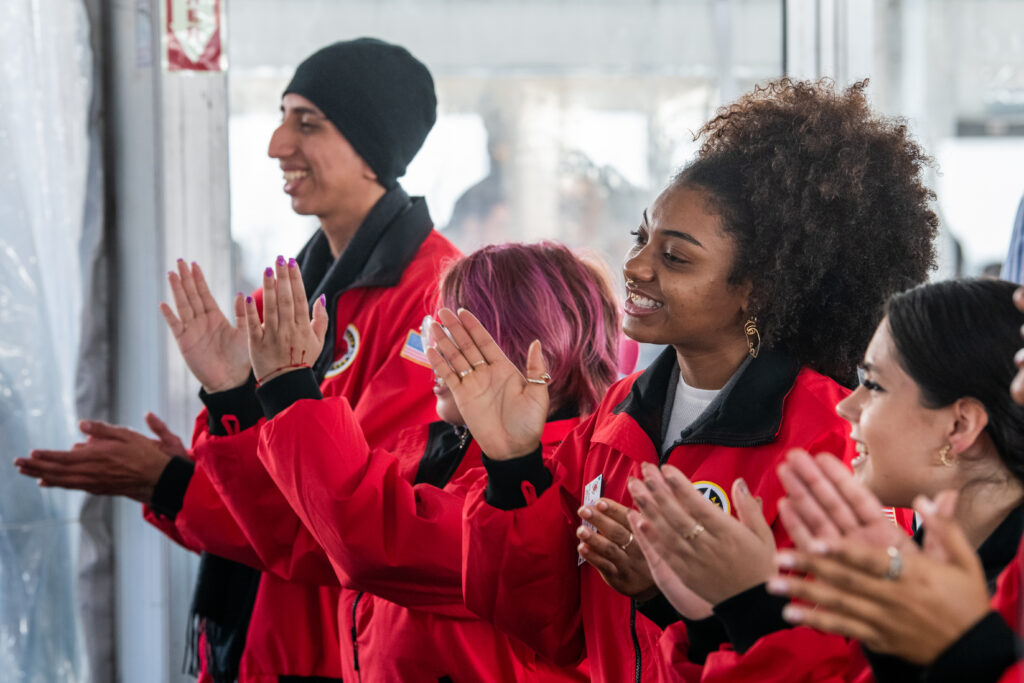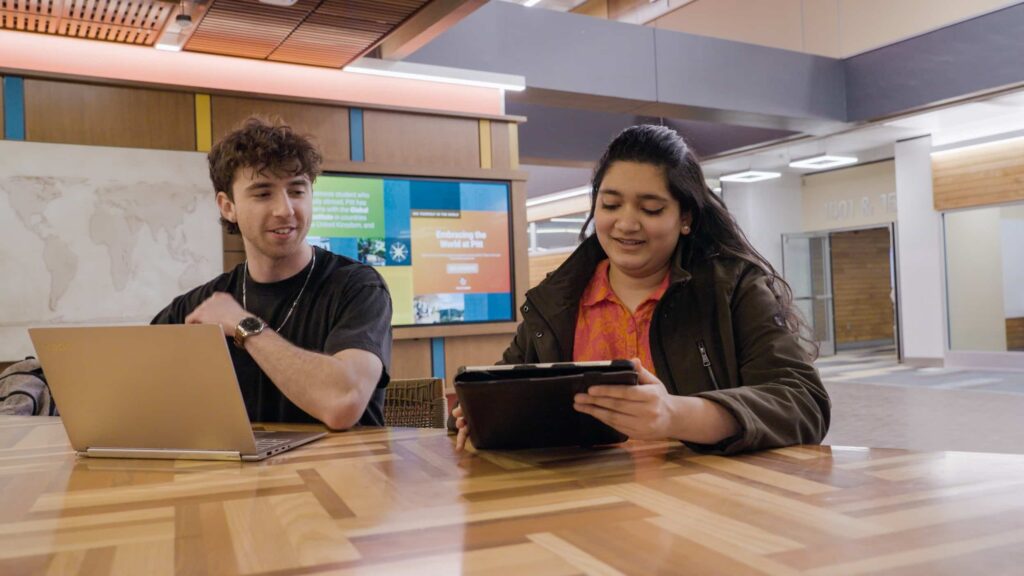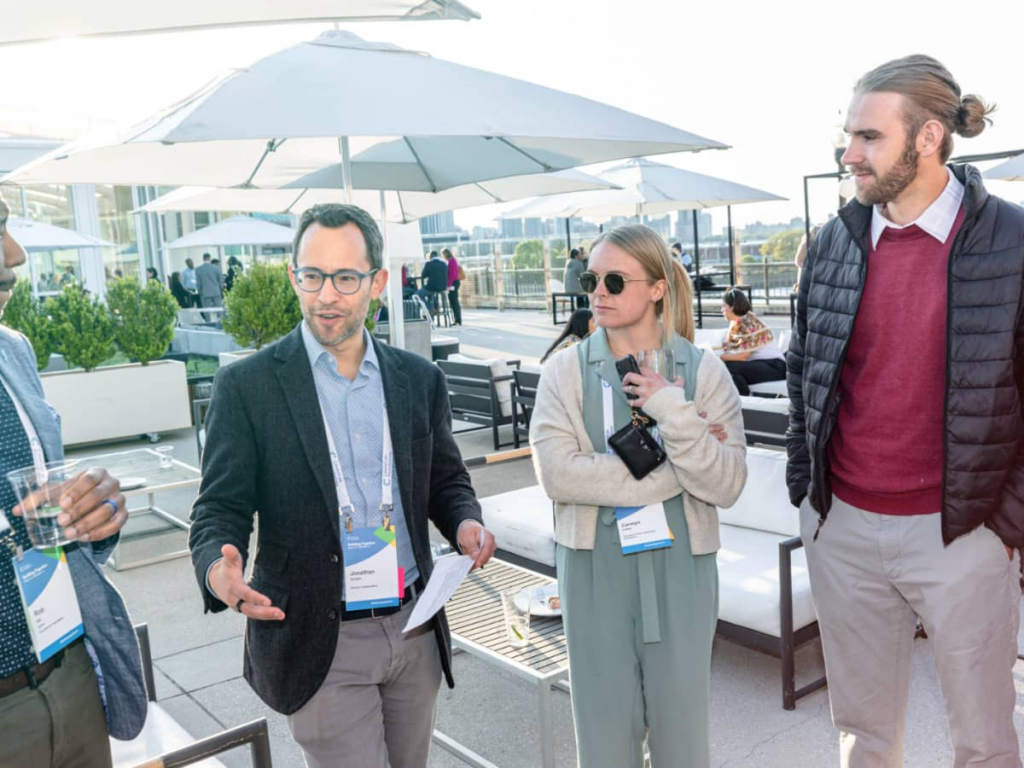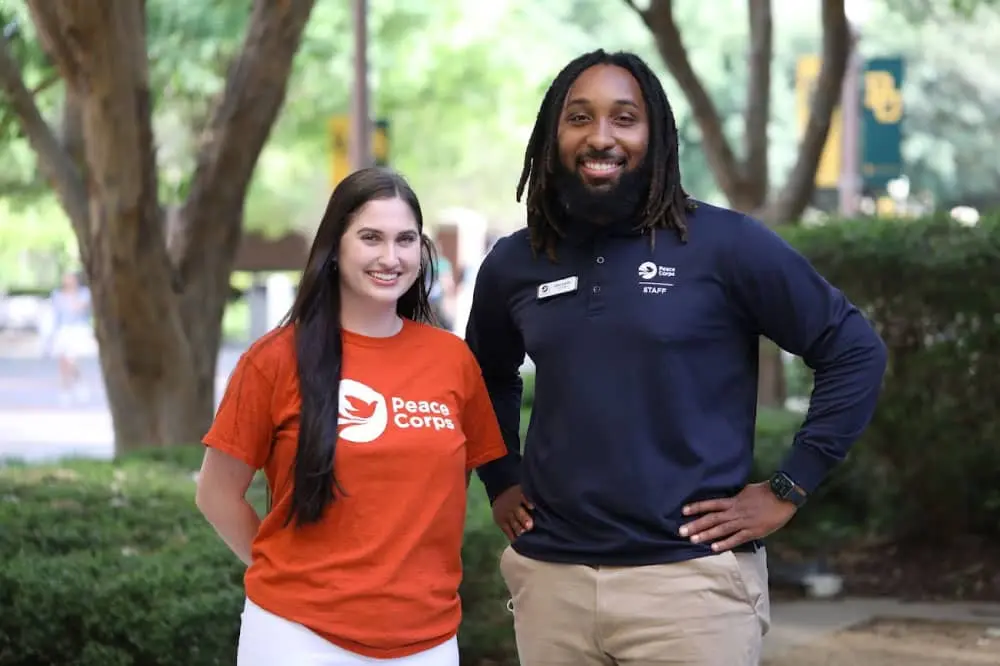A few months ago, I celebrated my tenth anniversary at Einhorn Collaborative and my tenth year working in philanthropy and early childhood. As someone who appreciates the power of celebrating milestones — from cultivating gratitude to boosting morale to increasing happiness — this year gave me a moment to pause and look back at the last decade and its significance in my life.
In The Power of Moments: Why Certain Moments Have Extraordinary Impact, Dan and Chip Heath wrote about the elevation of life markers: “Every culture has its prescribed set of big moments: birthdays and weddings and graduations, of course, but also holiday celebrations and funeral rites and political traditions. They seem ‘natural’ to us. But notice that every last one of them was invented, dreamed up by anonymous authors who wanted to give shape to time… to recognize where the prose of life needs punctuation.”
As a way of adding punctuation to this anniversary, I want to share the ten lessons I have learned in the last ten years that have shaped my understanding of how we gather, what it takes to spark connection, and how we build on each other’s strengths.
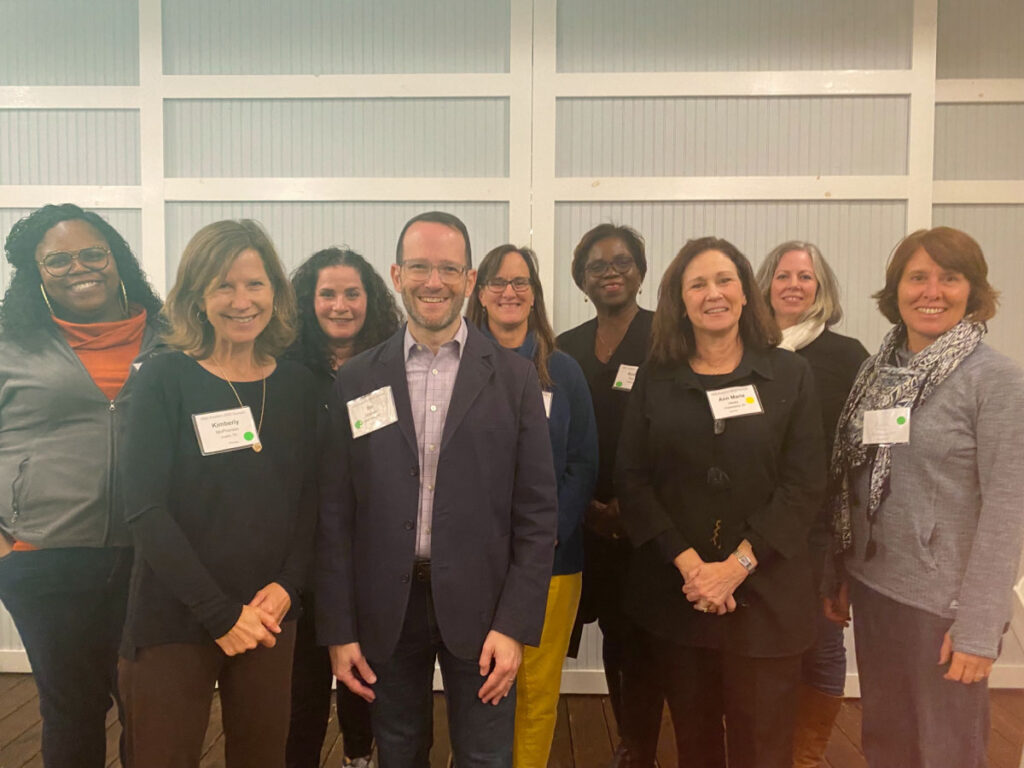
10: Set the stage for success.
How you begin something establishes the tone for how it progresses. Our culture at Einhorn Collaborative, and the way we show up with others, all starts with connection and candor that are meant to build trust and deepen relationships. This takes preparation and practice, but the intentionality pays off in the long run.
9: Play all the parts.
Philanthropy’s power is plentiful. In addition to providing resources, funders can also use our voice to amplify ideas and insights from people who do not have the same network or access. Nonprofit organizations benefit from connections to peer institutions, potential partners, funders, and opportunities for shared learning.
8: Recast the ensemble.
Figure out which voices are not at the table and from whom we have the most to learn. Then, include them throughout the project design and development process, not just in a focus group, to ensure that more people benefit from the changes you are after. Understanding what perspectives and lived experiences are missing is also not just a one-time activity, but one to revisit at least annually.
7: Bring in the stagehands.
What we say and how we organize a room play important roles in creating a culture of belonging that fosters connection. Creating a social container like a group agreement or commitment can signal what we value and who is valued. Giving people the opportunity to flow in and out of an activity or voice their disagreements can give participants a sense of agency and dignity. And, a fun playlist can set a tone that is welcoming for all.
6: Meet people for coffee.
Being in relationship with others will advance your learning more quickly than any amount of desk research. Small projects or conversations give you a foundation upon which you can build and evolve your thinking over time to include more perspectives and partners toward greater impact.
5: Two pizza rule.
Decisions are best made by a group no larger than one who could be fed fully by two pizzas. Take a minute to think about that – it’s true, right?! This nugget of learning is the most fun and practical tidbit for me to share with others.
4: Sustainability is the name of the game.
Creating dependency on one funder can set up funding cliffs and leave a project or community in a precarious situation. Working together with trusted community leaders, policymakers, and other systems-change partners is key to long-term impact.
3: Stop, look, and listen.
Orienting is the foundation for connection and learning. If we aren’t paying attention, nothing else happens.
I have gained far more in conversation with my peers and with people outside of my profession who offer reflection and questions that advance my thinking.
Figure out what needs your focus and take the time to demonstrate your interest, gather information, and reflect on what you are observing and learning.
2: Mutuality and reciprocity are the ultimate win-win.
The dyadic relationship between parents and babies is deeply rooted in their mutuality and reciprocity, but these principles are at the core of all relationships. Find ways to help others, and you help yourself. Asking for help gives someone the opportunity to feel useful and valuable.
1: End with gratitude.
At the conclusion of a grant, a meeting, or any interaction, express your appreciation. Noticing the kindness and generosity of others fosters more kindness and generosity.
With that in mind, I will note that learning happens every day and in unexpected places. I have absorbed so much knowledge through reading and webinars, but I have gained far more in conversation with my peers and with people outside of my profession who offer reflection and questions that advance my thinking.
When I see a play or a musical (note the theme of items #7-10 above), the insights into human interactions and feelings will often inspire me to approach a work situation differently. Songs aren’t just great for building connection between parents and babies; the lyrics are sometimes the best way to describe the change we seek in the world.
Thank you to everyone in my network for all you have done to support me. I look forward to the next decade filled with more connection and learning with all of you.

